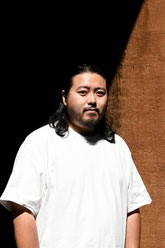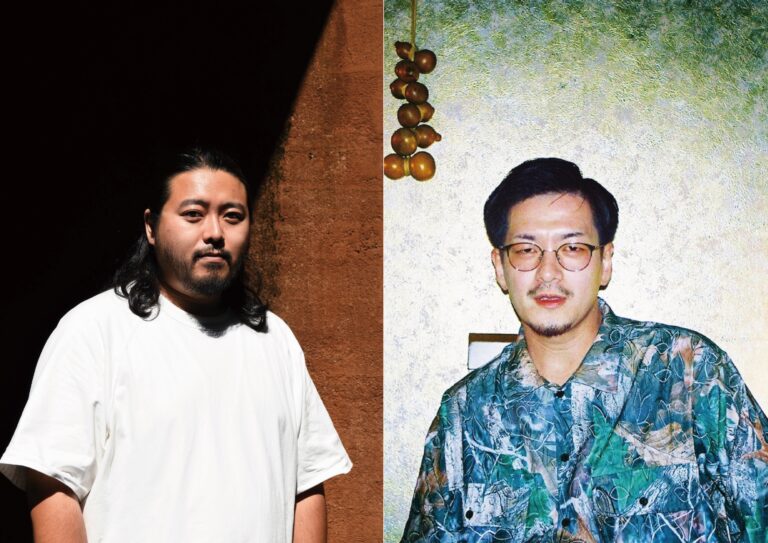2024年度から始まった、京都から若手演出家と世界を目指すプロジェクト「ロームシアター京都 ホープス」。アソシエイト・アーティストの野村眞人・西田悠哉が、新作・旧作の創作・発表に取り組む。Spin-Offでは、ふたりそれぞれの創作のエッセンスが垣間見えるエッセイを不定期連載でお届けする。
初回は現在、ベルリンに文化庁新進芸術家海外研修制度で滞在している野村眞人だ。
The ROHM Theatre Kyoto Repertory Premiere Hopes project launched in 2024 with the goal of showcasing the work of young directors in Kyoto on the global stage. Our associate artists Masato Nomura and Yuya Nishida are creating and staging both new and previous work for the theatre. For Spin-Off, the pair are writing an irregular series of articles offering glimpses into their respective creative processes.
The first article is by Nomura, who is currently staying in Berlin on a grant from the Agency for Cultural Affairs Program of Overseas Study for Upcoming Artists.
english below
住民と観光客のあいだで
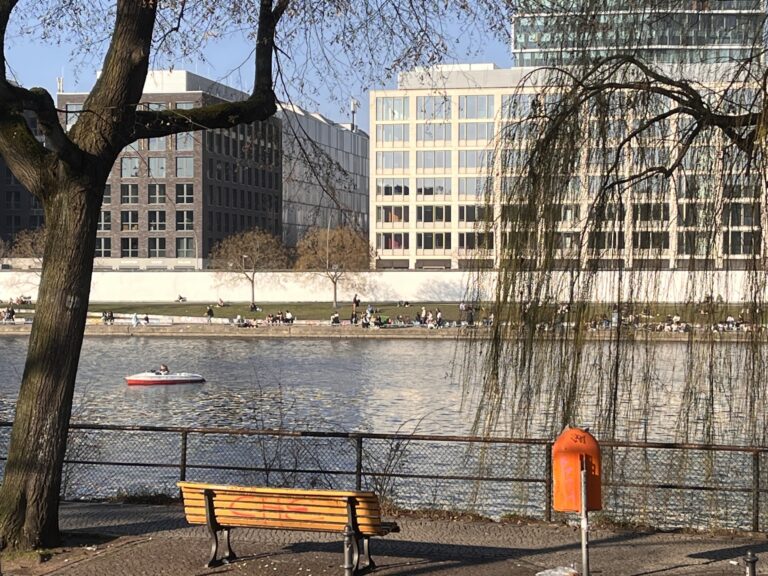
2025年の1月に、ベルリンに引っ越した。1年間だけの滞在だから、生活に必要な最少限のものだけをスーツケースに詰めると、意外とスペースが余ったので、そのほかにも本や映画をいくつか、それからお気に入りの陶器の箱を持っていくことにした。結局、荷物はスーツケース2個とボストンバッグ1個で、ちょっと長い旅行に行くぐらいの量になった。
ベルリンの新しい部屋は、広くはないけれど、ひとりで暮らすには十分だった。大家は私と入れ違いでフィリピンにワーケーションに出かけたので、到着した日に30分程度しか会わなかった。部屋の窓からはシュプレー川が見え、川の向こうには、ベルリンの壁が見えた。その壁の向こうは、かつて東ベルリンだった。到着してしばらくは、ずっと曇っていて、雪もチラついていた。それでも「京都よりは寒くないな」と思った。晴れた日には部屋から出てすぐの、川沿いのベンチに座るのが気持ちよくて、そこからは川を渡る大きな古い橋が見えた。足元で何かが陽射しを反射して光っていて、目を向けるとガラスの破片だった。よく見ると割れたビール瓶の破片で、あたり一帯の路上に散らばっていた。履いていたスニーカーはソールが薄く、道を歩くのが少し不安になったので、次の日に頑丈な靴を買いに行った。8cmもある厚底のブーツを買って、そのまま履いて帰った。道に散乱したガラスの破片がキラキラ光って、ちょっと綺麗なものに見えた。少しは街に慣れてきたのかなと思った。
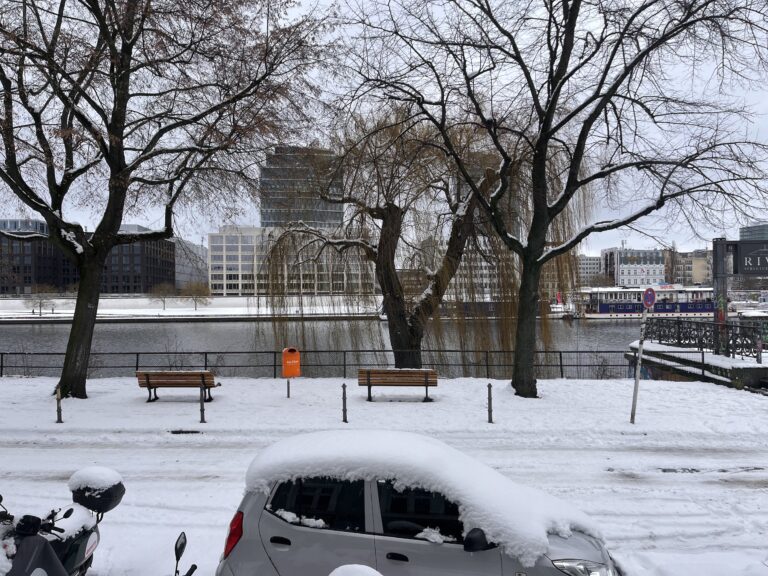
とても気に入っていた家だった。けれど、ある日フィリピンにいる大家から連絡が来て、急に家賃を値上げすると言われた。契約書の数字は実は間違いで、本当は100の位と10の位の数字の順番が逆だったらしい(そんなバカな)。メッセージアプリで相談をしたけれど埒があかなかったので、引っ越すことにした。引っ越しは好きだし、荷物もなんてことはない量だったけれど、肝心の家がなかなか見つからなかった。新しい家を探しながら、ふと、そういえばこれまでにどれくらい引っ越しをしてきたのだろうと思った。昔からよく引っ越しするほうだとは思っていたけれど、数えたことはなかった。たぶん、今回で18回目だ。
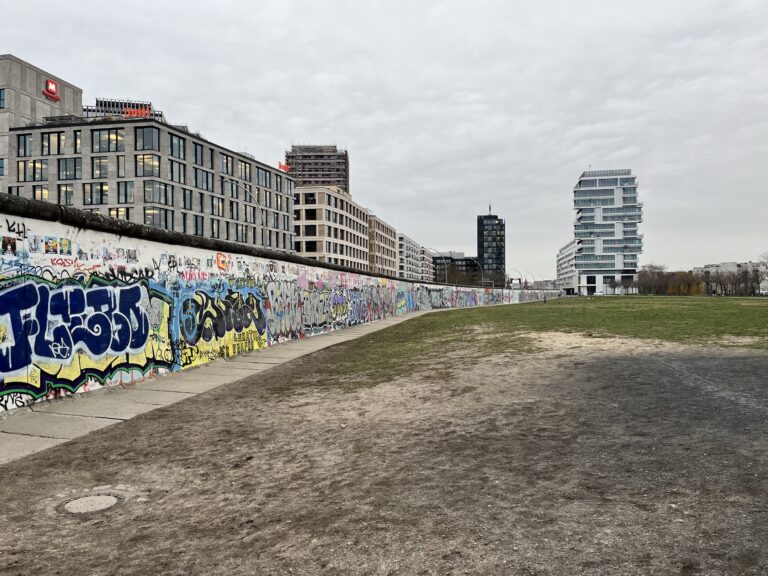
引っ越しを数えているあいだ、保育園に通っていた頃に住んでいた長野の市営住宅のことを思い出した。この団地に引っ越したのは、祖父母と一緒に暮らし始めるためだったと思う。最初は母と2人で暮らし、そこに祖父母を呼んで、4人で暮らした。そこに叔父も引っ越してきた。祖父母も、叔父も、みんな青森出身で、故郷の津軽弁を話すので、母も家では津軽弁を話すようになった。私もそのころは少し津軽弁がわかっていたはずだけれど、今ではほとんど覚えていない。食卓にも郷土料理が並ぶようになった。大きなホタテの貝殻をフライパンがわりにして作る卵焼きは味噌あじで、さらに醤油をかけて食べていた。しばらくして、母の再婚を機に父が働く会社がある愛知県に引っ越して、社宅に住み始めた。福岡出身の父は砂糖を入れた甘い卵焼きが好きだった。次の年、妹が生まれたので、目の前にあるもう少し広い社宅に引っ越した。その家から、大学進学のために京都に出てきて、初めて一人暮らしを始めた。それから14年経ち、今では京都が最も長く暮らしている街になっている。
思えばそのころは、引っ越しごとに、生活環境だけでなく、家族の形も、話す言葉も、食事の味も変わっていった。引っ越し自体は好きだし、住んでいたどの町のこともよく覚えているけれど、同時に、いつもどこかで、ここは故郷ではないと感じてもいた。喪失感というと大袈裟に聞こえるし、でも故郷と呼ぶのは白々しい。きっとそれは場所や言葉じゃない別のものに託されているという気もするから、全然ネガティブな感情でもないのだけれど、生まれた長野や育った愛知に行っても、どこかいつも観光客みたいな気分になるのはどうしたらいいだろう。ベルリンにいる今もそうだ。次の家を探しながらそんなことを考えていた。
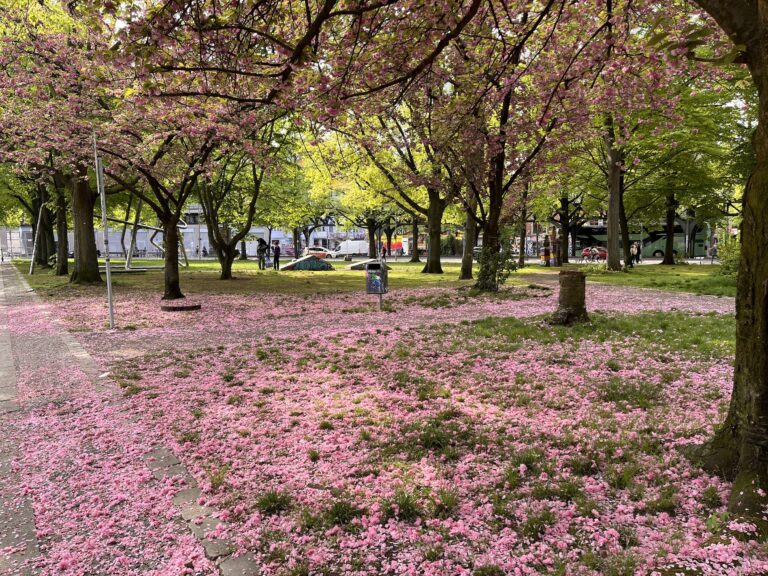
ベルリンの住宅事情は厳しく、全然見つからなかった。知り合いを頼ってようやく帰国まで住める部屋を見つけたけれど、入居は2ヶ月ほど先になってしまうので、それまでの間を埋める別の家も探す必要に迫られた。そこで、民泊を使うことにして、なんとか今の家を出るまでに引っ越すことができた。借りられたのは1部屋だけで、他にある部屋も貸し出されている。だから毎週、誰かがやってくる。最初はフランスから来た親子、次はオーストラリアから来た2人組の観光客といった具合に、誰か来る。仕事をしたり、買い物をしてキッチンで料理を作ったり、すっかり自分の家かのように住めるようになったころ、新しく来る宿泊客に思わず「ようこそ」と言いたくなった。自分もすぐに出ていくのに。
住民と観光客の間のような、このなんとも言えない気分で、いっとき別の観光客と共に暮らしながら故郷なるものについてあれこれ考えている。そして、滞在が終わって京都に帰ったときにはどう思うのだろうかと想像している。
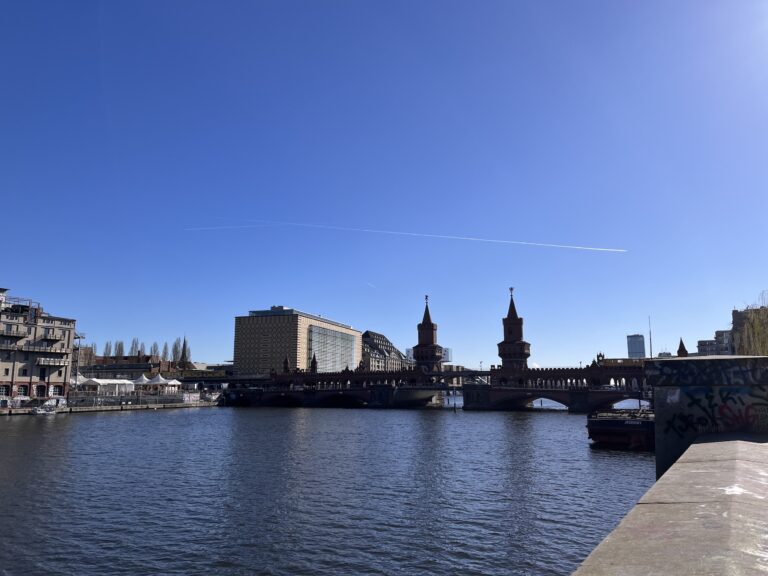
文・写真:野村眞人
ROHM Theatre Kyoto Repertory Premiere Hopes: Masato Nomura
Save Ampelmännchen!
Between a Resident and a Tourist
I moved to Berlin in January 2025. Since I would only be staying a year, I packed just the bare necessities, leaving surprisingly plenty of space, so I also decided to take some books, movies, and even my favorite ceramic box. In the end, I took two suitcases and a Boston bag, more or less the same amount of luggage I would have on a slightly long trip.
My new apartment in Berlin was on the small side, but enough for a single occupant. My landlord left for a workcation in the Philippines just as I got to Berlin, so I only saw him for about thirty minutes on the day I arrived. From my window, I could see the Spree, and across from the river, the remains of the Berlin Wall. Beyond was what used to be East Berlin. It was cloudy for some time and the city even had a few flurries of snow. Still, I thought, at least it’s not as cold as Kyoto. When it was fine out, I would enjoy sitting on a bench by the river just outside my room, from where I could see a large, old bridge. Something at my feet glinted in the sunlight, which I realized was a shard of glass. Taking a closer look, I saw other shards of broken beer bottles scattered all over the street. Given how thin were the soles of my sneakers, I now felt more than a little uneasy walking around, so the very next day I went shopping for sturdier shoes. I bought a pair of boots with eight-centimeter platform soles and wore them home. The shards of glass scattered on the road sparkled with a simple beauty. Perhaps I’m starting to get a bit used to Berlin, I thought.
I was really taken with the house. But one day, I got a message from my landlord in the Philippines, suddenly informing me that the rent would increase. According to the landlord, there was a mistake with the amount stated in the contract: the hundreds and tens were the wrong way around (yes, my jaw also hit the floor). We went back forth with some messages, but to no avail, so I decided to move. I enjoy moving and it wasn’t as if I had a lot of stuff, but I just couldn’t find the right place. While hunting for a new apartment, I suddenly found myself wondering how many times I’d moved in my life. I always thought I move a lot, but had never counted. My guess is that this would be my eighteenth move.
While counting down the days until I had to move out, I remembered the public housing in Nagano where I’d lived when a preschooler. I think we moved there to start living with my grandparents. At first, it was just my mother and me, but we then invited my grandparents to join us and we lived there as a family of four. Later, my uncle also moved in. My grandparents and uncle hailed from Aomori in northern Japan and spoke the Tsugaru dialect of their hometown, which meant my mother also started speaking it at home. I must have understood a little of the dialect back then, but now hardly remember it at all. Local Aomori cuisine also began to appear on the dinner table. We would eat rolled omelets made in a large scallop shell instead of a frying pan, seasoned with miso and topped with soy sauce. Sometime later, my mother remarried, and we moved to Aichi, where my stepfather worked, and began living in company housing. My stepfather, who was from Fukuoka in the south of Japan, loved omelets sweetened with sugar. When my sister was born the following year, we moved to a larger company housing complex opposite our old one. I left that home when I moved to Kyoto to attend university, where I lived alone for the first time. Fourteen years have since passed, and Kyoto is now the city where I have resided the longest.
Looking back, each move brought not only a change in my living environment, but also my family structure, the language I used, and the flavors of the food I ate. I enjoyed moving and have strong memories of every place I lived, but at the same time, somewhere deep down, I never had a sense that it was my hometown. It sounds like hyperbole to say I felt uprooted, yet calling Nagano or Aichi my hometown just doesn’t ring true. It’s like that sense of belonging or identity is related to something beyond place or language, so while not a negative thing per se, what should I do about the fact that I always feel like a tourist, even when I go to Nagano, the place where I was born, or Aichi, where I grew up? And that’s still the case now, here in Berlin. These were the things I was pondering while looking for my next home.
Faced with the tough housing situation in Berlin, I couldn’t find anywhere to live. Thanks to the help of an acquaintance, I finally secured a place to stay until my return to Japan, but I couldn’t move in for about two months, so I was forced to find somewhere else until then. Eventually deciding on a short-term rental, I somehow managed to move out before my time was up at the first apartment. I was only rented a single room; the others were rented out to different guests. Someone would arrive every week. The first arrivals were a parent and child from France. Then came a pair of tourists from Australia. Going about my days working, shopping, and cooking in the kitchen, I have started to feel at home, so much so that I wanted to greet new guests with a “welcome.” Even though I will also be leaving soon.
I find myself in a strange position hard to put into words, somewhere between a resident and a tourist, living with other tourists for a short while and pondering what constitutes a hometown. And imagining how I will feel once my stay is over and I have returned to Kyoto.
レパートリーの創造 ホープス 野村眞人
ワーク・イン・プログレス
2026年1月~3月
ROHM Theatre Kyoto Repertory Premiere: ‘Hopes’ Masato Nomura
March 2026
